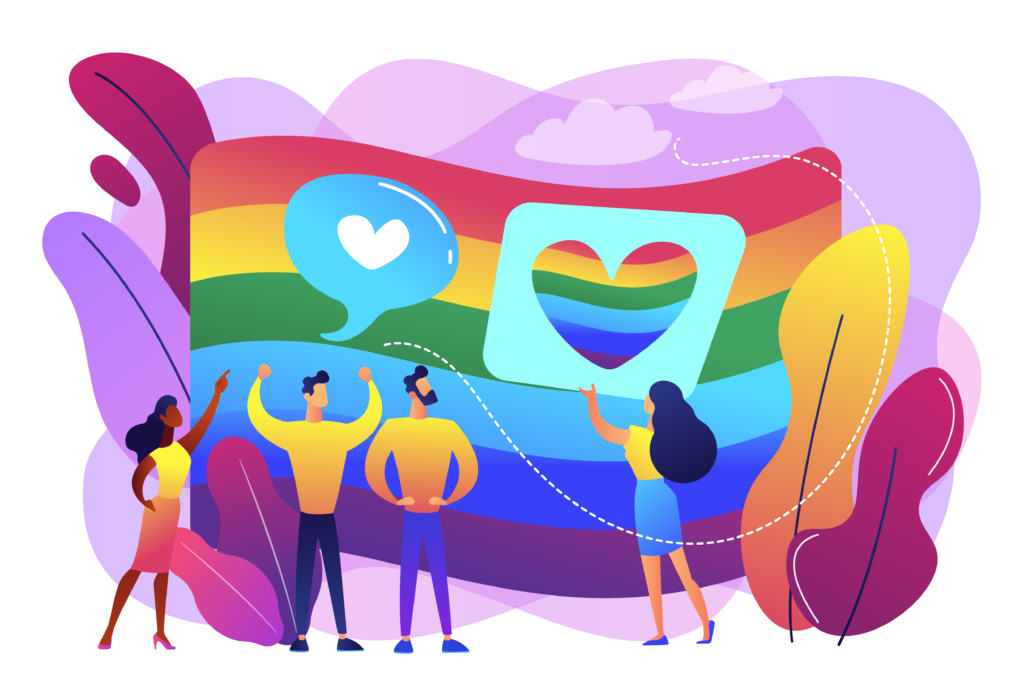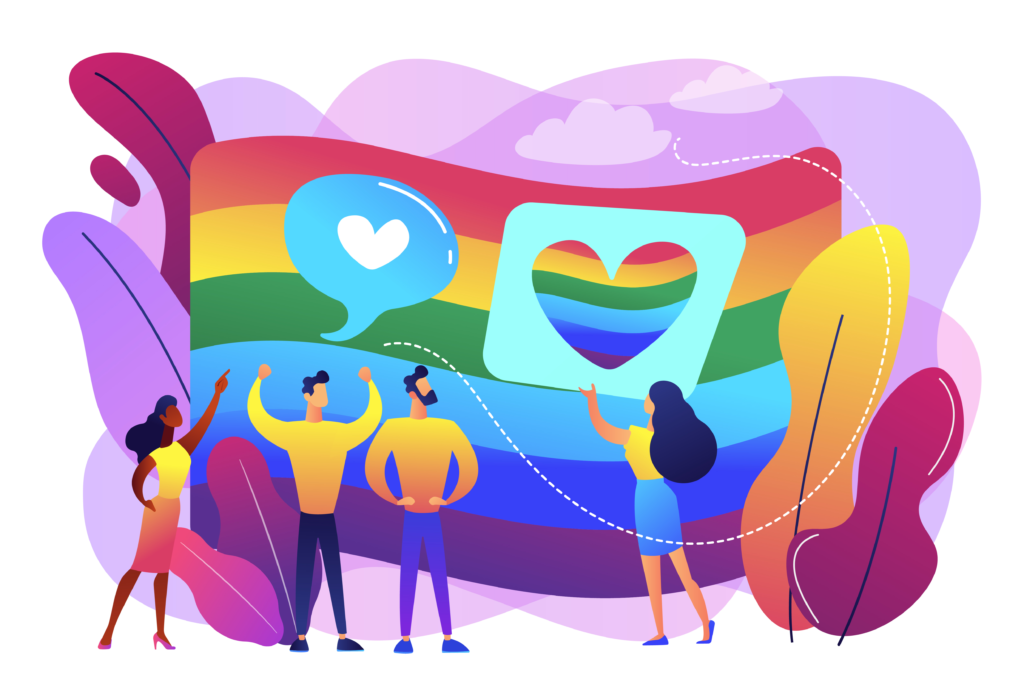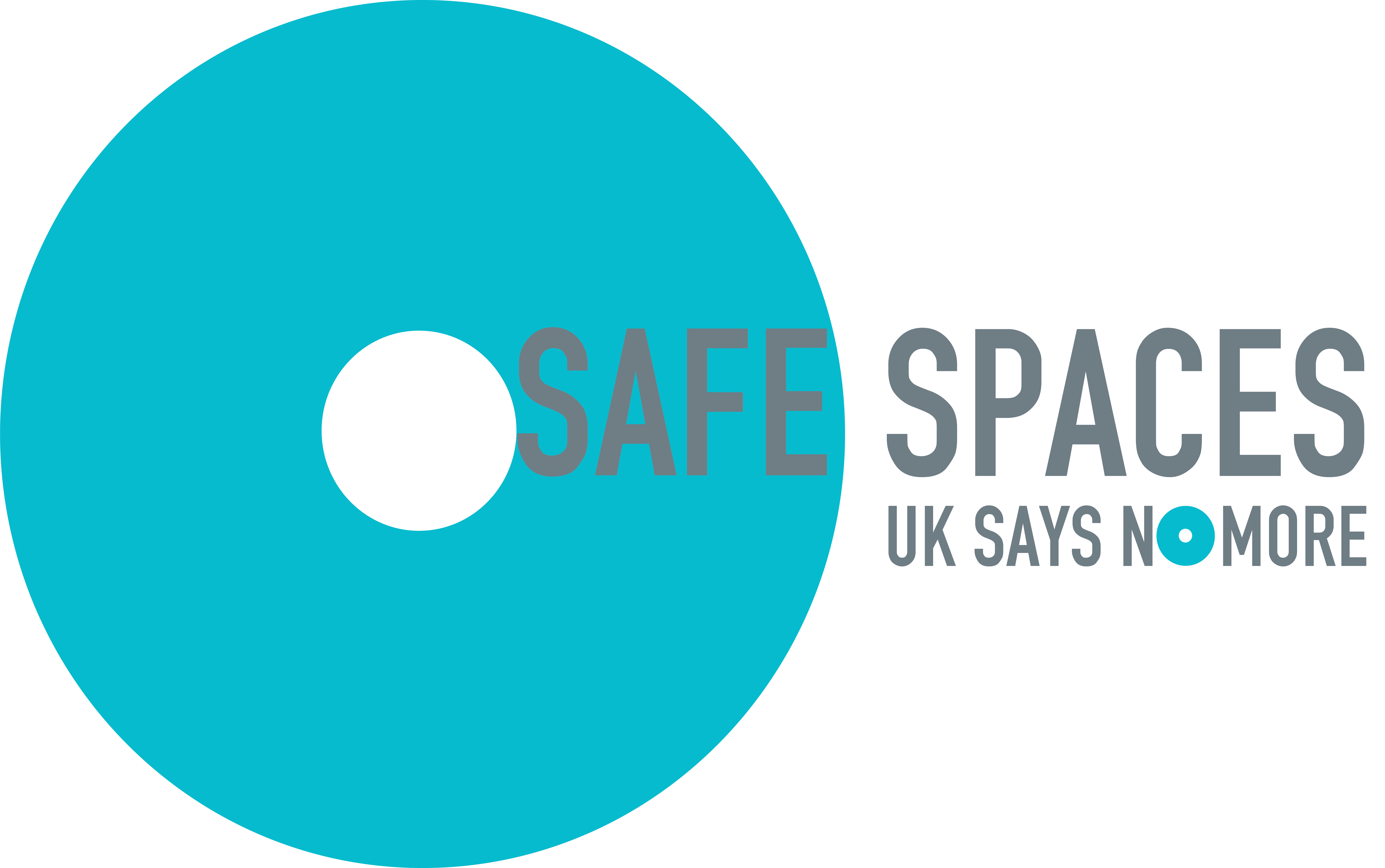Find Us
The Clear Company
The Base
20 Dallam Lane
Warrington
Cheshire
WA2 7NG

What is the most common question directed at pregnant people?
You might be wondering what this question has to do with organisational D, E&I efforts, but I promise we’ll get there.
So, let’s return to the question we posed in the beginning: people who have been pregnant before or are currently pregnant will know how many times they’re asked if the baby is a boy or a girl. But how do the parents know the answer to that question?

What is the most common question directed at pregnant people?
You might be wondering what this question has to do with organisational D, E&I efforts, but I promise we’ll get there.
So, let’s return to the question we posed in the beginning: people who have been pregnant before or are currently pregnant will know how many times they’re asked if the baby is a boy or a girl. But how do the parents know the answer to that question?
During an ultrasound exam, the doctor will examine the baby’s anatomy. If the doctor sees a genital organ that fits into the medical parameters for a vagina, the baby is considered a female, and from there assumed to identify as a girl and express femininity. If the genital organ fits into the medical parameters for a penis, the baby is considered a male, and their gender identity is supposed to be that of a boy and express masculinity. Therefore, the tags ‘girl’ and ‘boy’ not only refer to a bodily configuration, but also to a presumed gender identity and a series of expectations regarding intellectual abilities, physical abilities, clothing, ways of behaving and speaking, preferred hobbies and also career and work choices. There is also an assumption that girls will be attracted to boys and vice versa.
The fantastic documentary The Mask You Live In (available here) explains really well how the two presumed paths described above – vagina-female-girl-femininity and penis-male-boy-masculinity – are considered the normal path in Western societies (a phenomena we call cis-heteronormativity). Other lived experiences are considered at best different and at worst deviant, abnormal and even abject. In other words, it is assumed that a body will, first, fit into either male or female. Bodies that don’t fit undergo forced medical interventions from birth – and there are more than 40 types of intersex bodies. People who don’t identify with the gender assigned to them at birth (i.e. transgender people) or who don’t express themselves as expected (i.e. gender non-conforming people) are focus of much violence throughout their lives, including in the workplace: in recent research by Stonewall, 1 in 3 non-binary people and 1 in 5 trans people reported not feeling safe at work to wear attire representing their identity and expression. Nearly 1 in 5 lesbian, gay and bisexual people are not open with anyone at work about their sexual orientation, with numbers jumping to 1 in 2 bisexual men. In total, 1 in 3 LGBTQ+ staff have hidden or disguised that they are LGBTQ+ at work in the last year because they were afraid of discrimination.
The reasons for such lack of psychological safety are sadly evident: 1 in 5 LGBTQ+ staff have been the target of negative comments or conduct from work colleagues in the last year because they are LGBTQ+. 1 in 5 LGBTQ+ people who were looking for work said they were discriminated against because of their sexual orientation and/or gender identity while trying to get a job in the last year. The numbers are even worse for LGBTQ+ individuals from minoritised ethnic and racial groups (please refer to the Stonewall report for more figures on LGBTQ+ at work in the UK). A pilot study by the World Bank estimates that the global cost of exclusion against LGBTEQ+ people costs up to $32 billion.
1.Understand the climate for inclusion and what is getting in the way of psychological safety for LGBTQ+ professionals.
The facts and figures above reinforce how a psychologically safe work environment – i.e. a place where people feel safe to be themselves – is still rare for LGBTQ+ professionals. When investigating your organisation/clients, pay attention not only to cultural cues – e.g. tolerated homophobic jokes – but also to processes and policies – e.g. asking ‘what do you do on weekends?’ can create much anxiety for an LGBTQ+ candidate as they might not feel comfortable to come out to the interviewer.
2. Tackle sexism, homo/lesbo/biphobia and transphobia together
Sexism, LGBphobia and transphobia are direct consequences of the myth of normality, which also means that their root causes are similar. For example, many organisations already have actions in place to support cisgender women employees. Cultural initiatives countering stereotypes against women leaders are directly challenging the vision of what does it mean to be a man or a woman, to be masculine or feminine, and where these characteristics are valuable. Including gender non-conforming and transgender people is an extension of those same questions and an expansion of the same answers. The issues the different groups are facing are by no means the same and thus positive actions will not be equal – equity is the word here –, but the culture change points to the same direction.
3. Challenge the myth of normality
The myth of normality shapes who we perceive as adequate to exert different professions. Challenge unconscious biases and stereotypes that shape how we perceive excellence. As a society, we have been doing solid work on this remit when it comes to women’s insertion in male-dominated fields. Now, it’s time to go a step further and question: why are LGBTQ+ people so linked to fashion and aesthetics? Can we visualise LGBTQ+ people – especially those who are gender non-conforming, and/or belong to other minoritised communities – as experts, managers, leaders, business owners? There is a growing number of quality resources that can be shared to raise awareness and debunk the myth of normality. A few of my favourites are:
The Clear Company is proud to offer an open lecture on Gender and Sexuality for D, E&I practitioners, hosted by Clear Company Consultant: Maria Carolina Baggio. Book your place here.
The Clear Company
The Base
20 Dallam Lane
Warrington
Cheshire
WA2 7NG
| Cookie | Duration | Description |
|---|---|---|
| cookielawinfo-checkbox-analytics | 11 months | This cookie is set by GDPR Cookie Consent plugin. The cookie is used to store the user consent for the cookies in the category "Analytics". |
| cookielawinfo-checkbox-functional | 11 months | The cookie is set by GDPR cookie consent to record the user consent for the cookies in the category "Functional". |
| cookielawinfo-checkbox-necessary | 11 months | This cookie is set by GDPR Cookie Consent plugin. The cookies is used to store the user consent for the cookies in the category "Necessary". |
| cookielawinfo-checkbox-others | 11 months | This cookie is set by GDPR Cookie Consent plugin. The cookie is used to store the user consent for the cookies in the category "Other. |
| cookielawinfo-checkbox-performance | 11 months | This cookie is set by GDPR Cookie Consent plugin. The cookie is used to store the user consent for the cookies in the category "Performance". |
| viewed_cookie_policy | 11 months | The cookie is set by the GDPR Cookie Consent plugin and is used to store whether or not user has consented to the use of cookies. It does not store any personal data. |

Dial ‘999’ for immediate assistance. If you are unable to speak or answer questions while on a 999 call, stay on the line, and when prompted, press 55 and your call will be transferred to the police. The local police number is 101 for non-emergencies.
*The ’55’ option will only work with 999.
Am I at Risk?
‘How do I know if I am suffering domestic abuse?’ This short survey will help you identify if the behaviours you are experiencing are domestic abuse.
If you are experiencing domestic abuse, you are not alone. Local support and help is easy to access through this search function. Click here
Local Support Services
If you are experiencing domestic abuse, you are not alone. Local support and help is easy to access through this search function. Click here
Contact National Helplines
National domestic abuse support services can offer you guidance here.
Useful Links
Access a range of other services that can support you. Click here